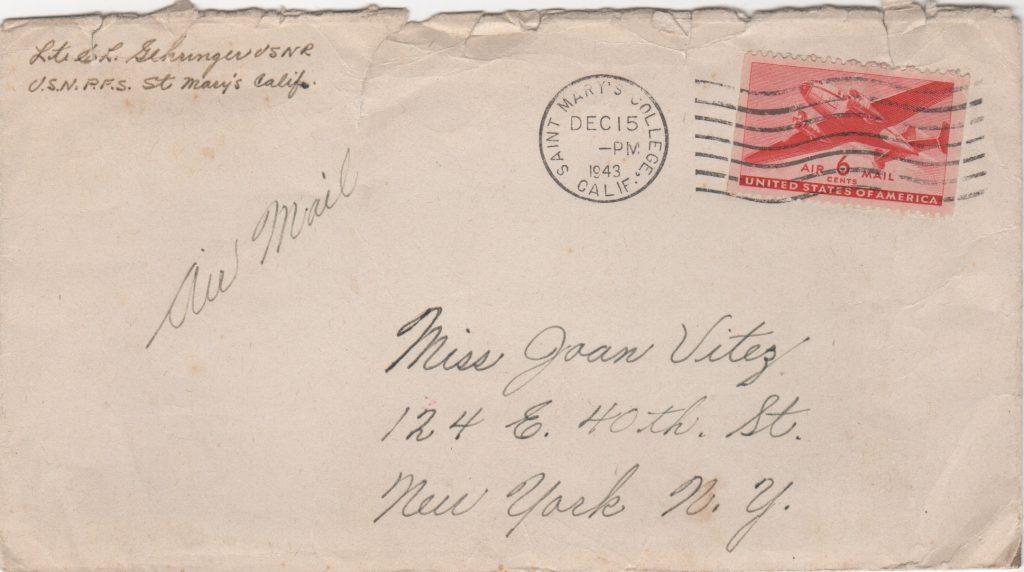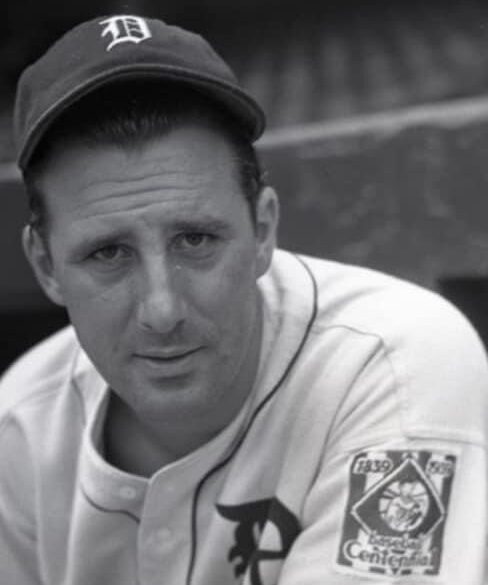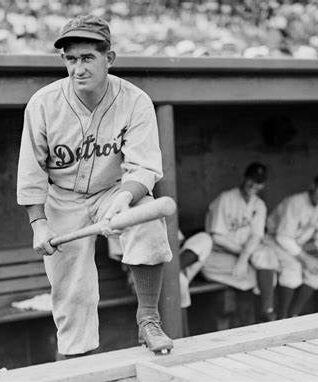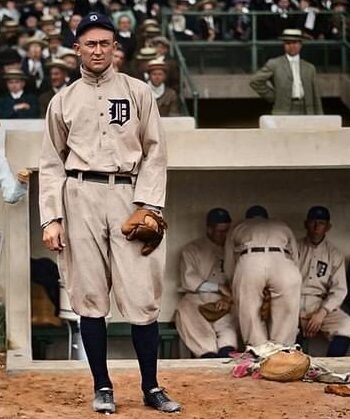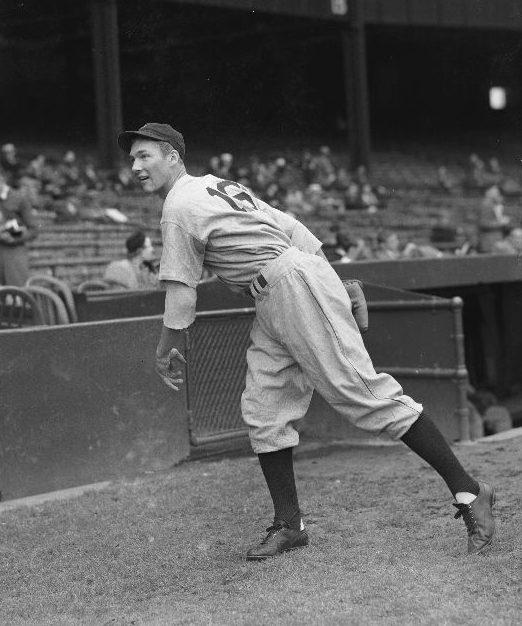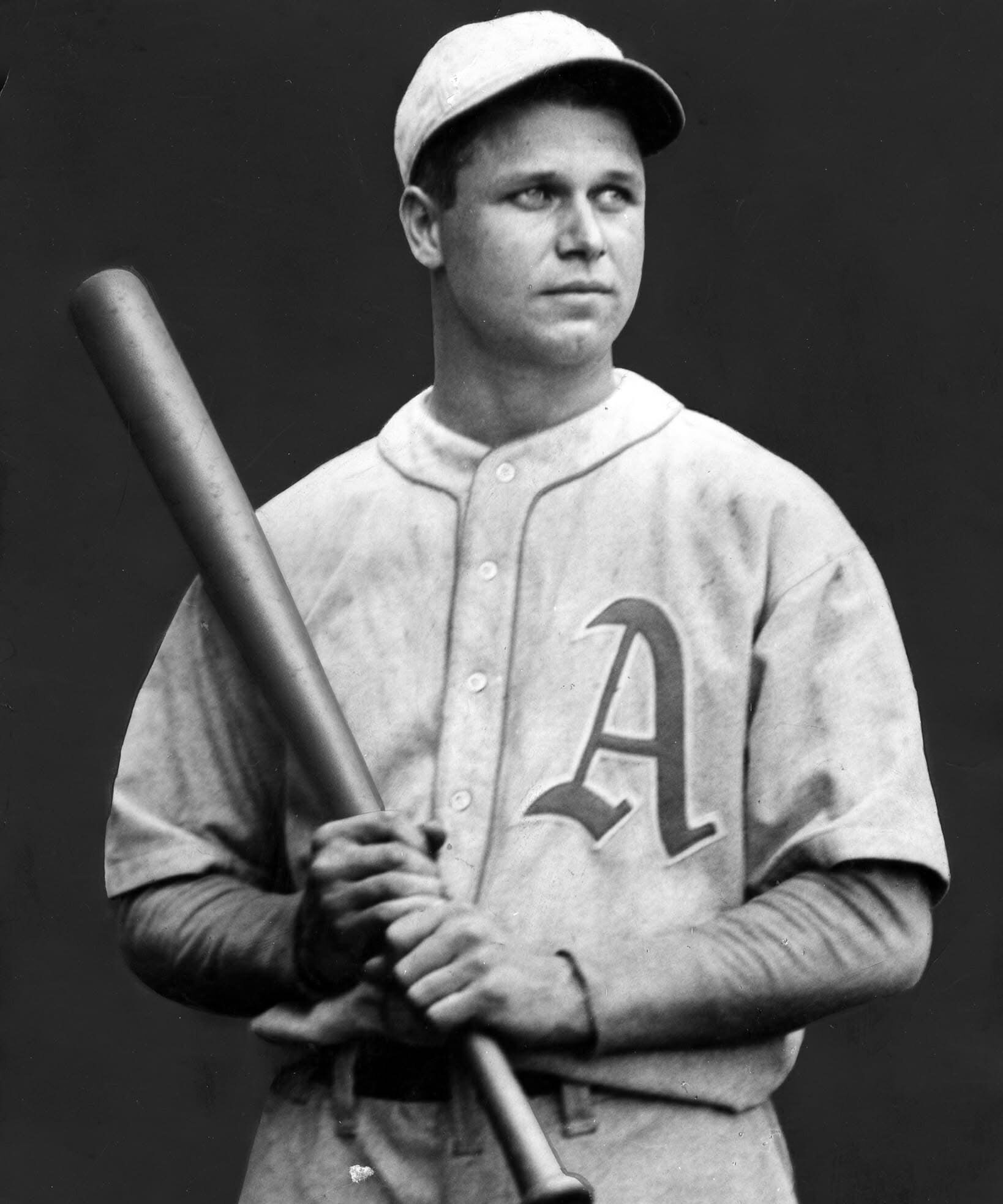Charlie Gehringer
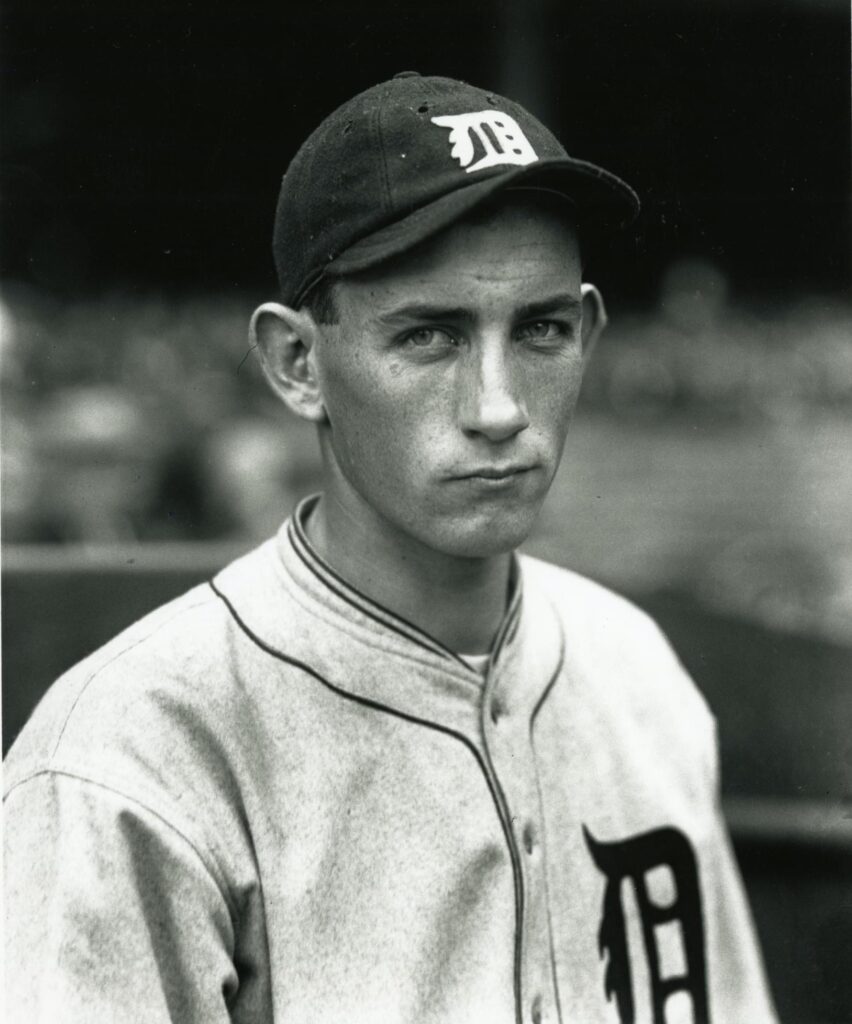
| Birthdate | 5/11/1903 |
| Death Date | 1/21/1993 |
| Debut Year | 1924 |
| Year of Induction | 1949 |
| Teams | Tigers |
| Position | Second Base |
Charlie Gehringer started & played every inning of the first 6 MLB All Star games. He also had 2 consecutive games played streaks of 500+ games.
Leave a commentIn the collection:

Charlie Gehringer was known as "The Mechanical Man" for the reliability of his production
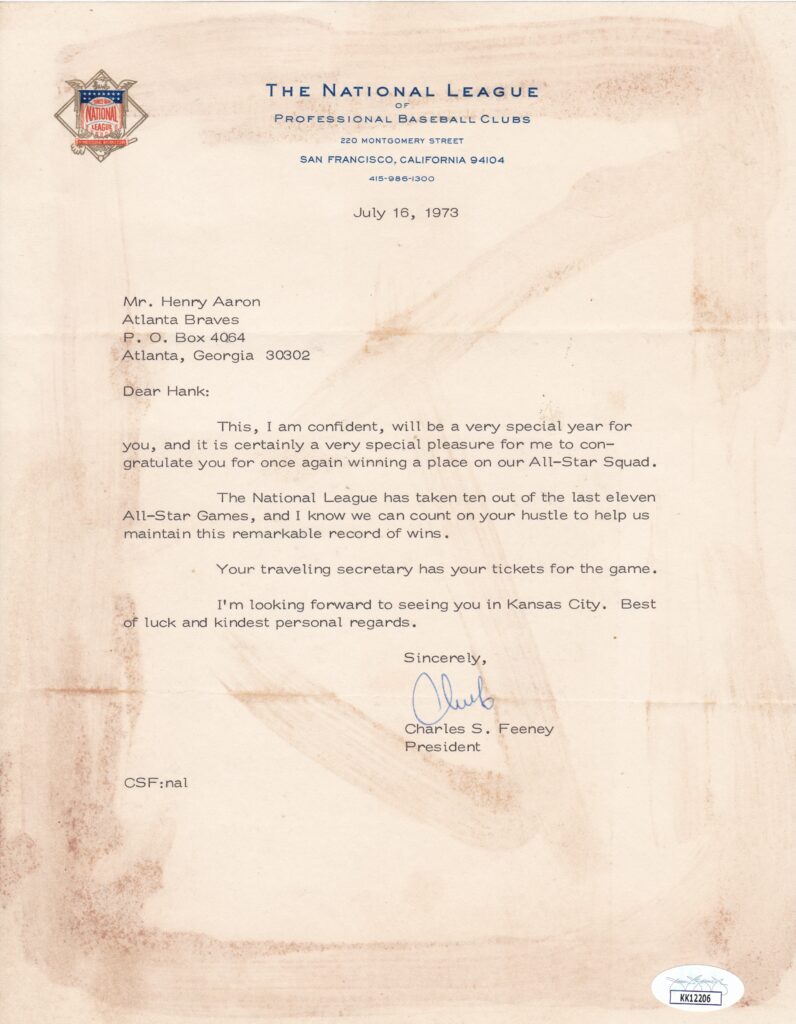
Gehringer played in the first All Star Game in 1933; later he attended the 40th anniversary celebration
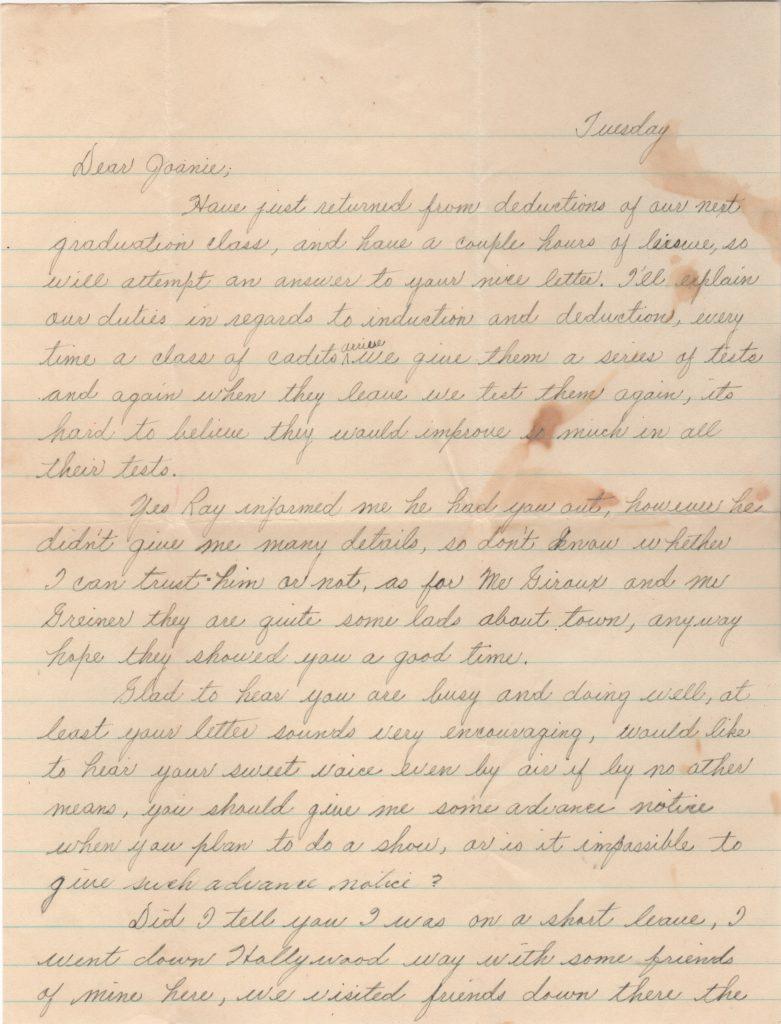
Gehringer stayed single and took care of his widowed mother until she died in 1949
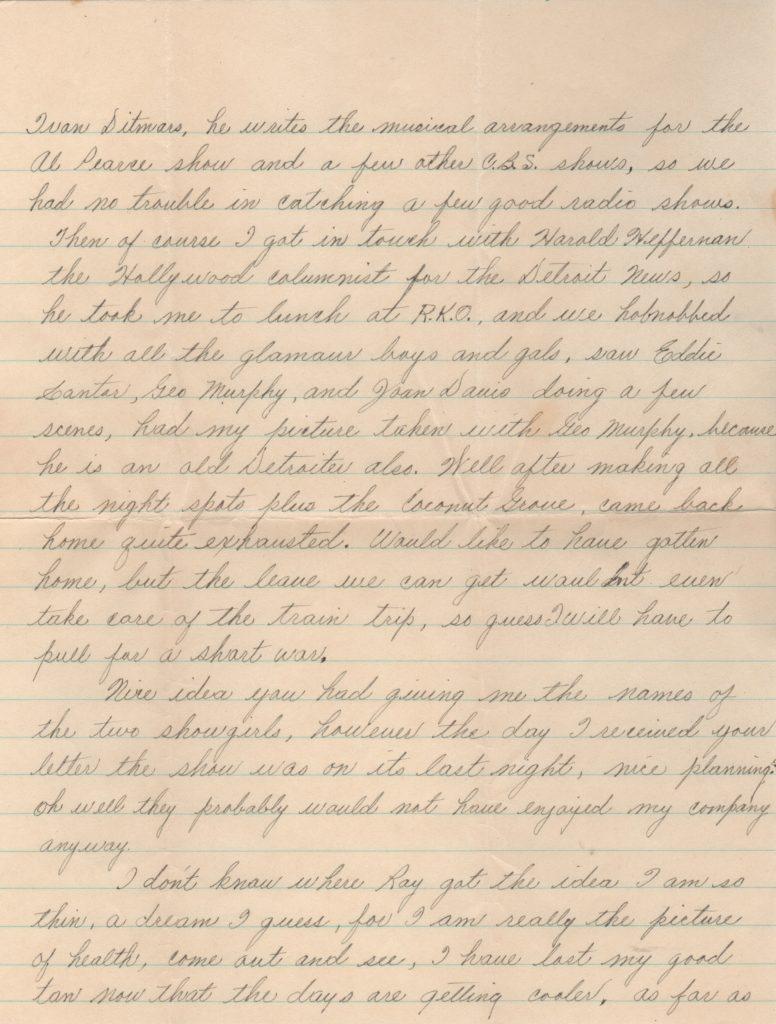
Gehringer enlisted into the Navy after the 1942 season and stayed until after the war

Gehringer missed his Hall of Fame induction because of preparations for his wedding five days later
